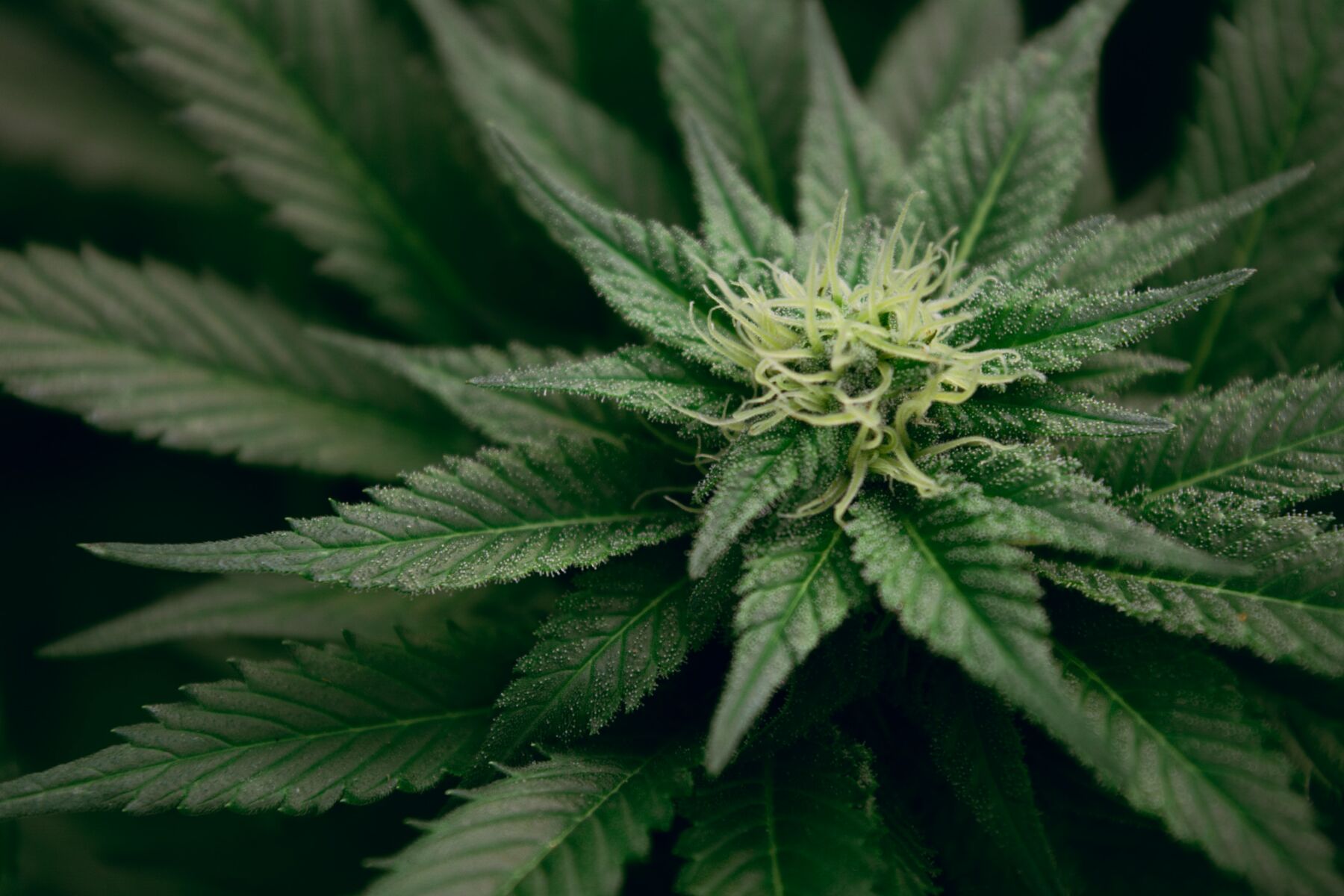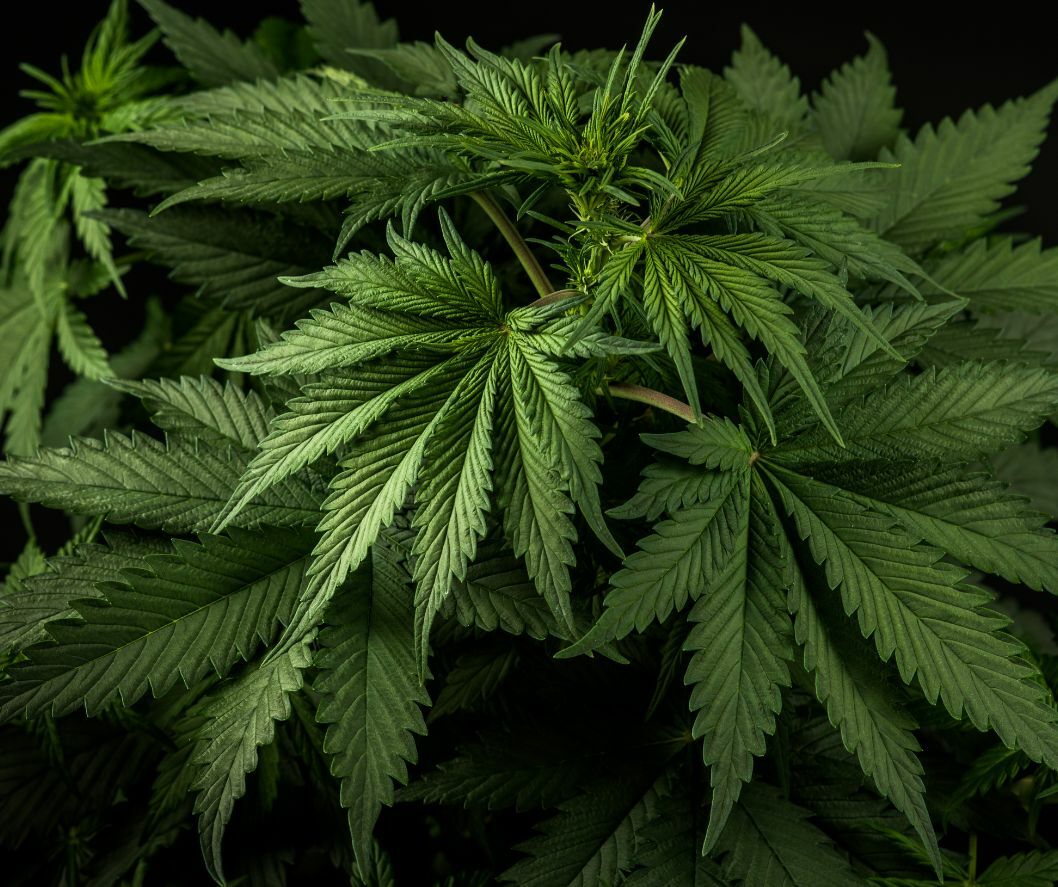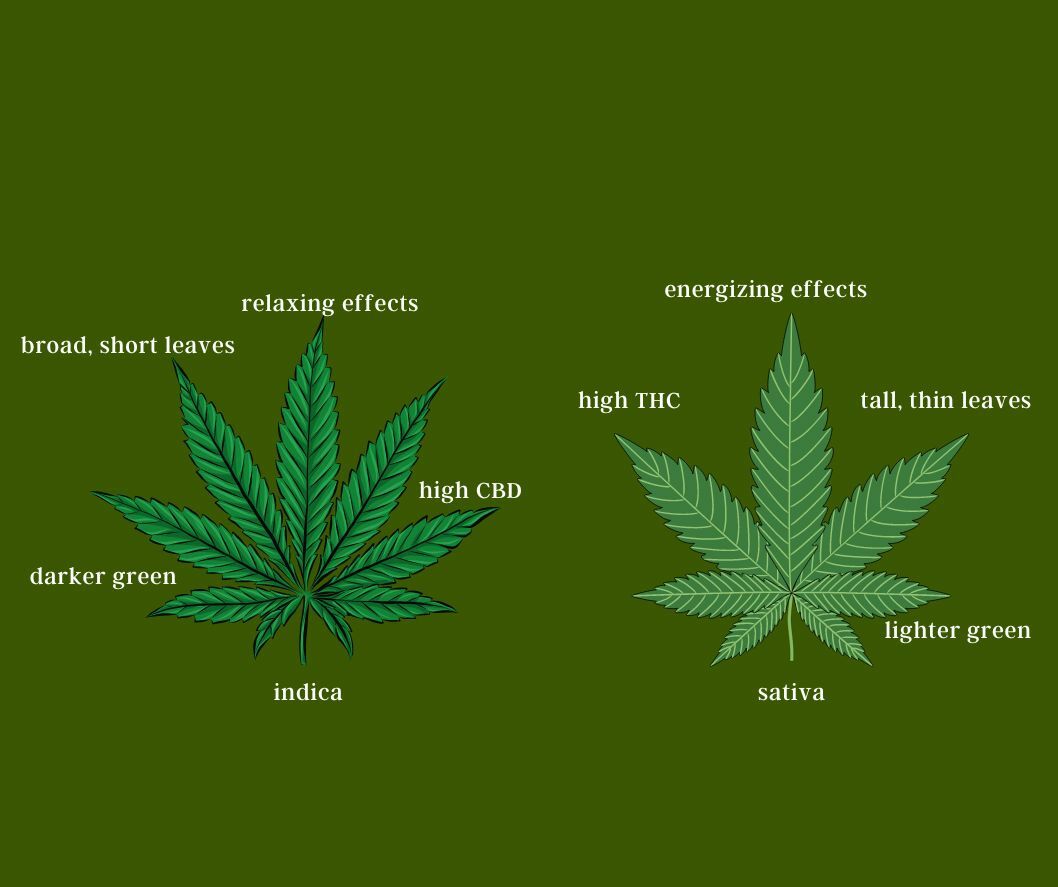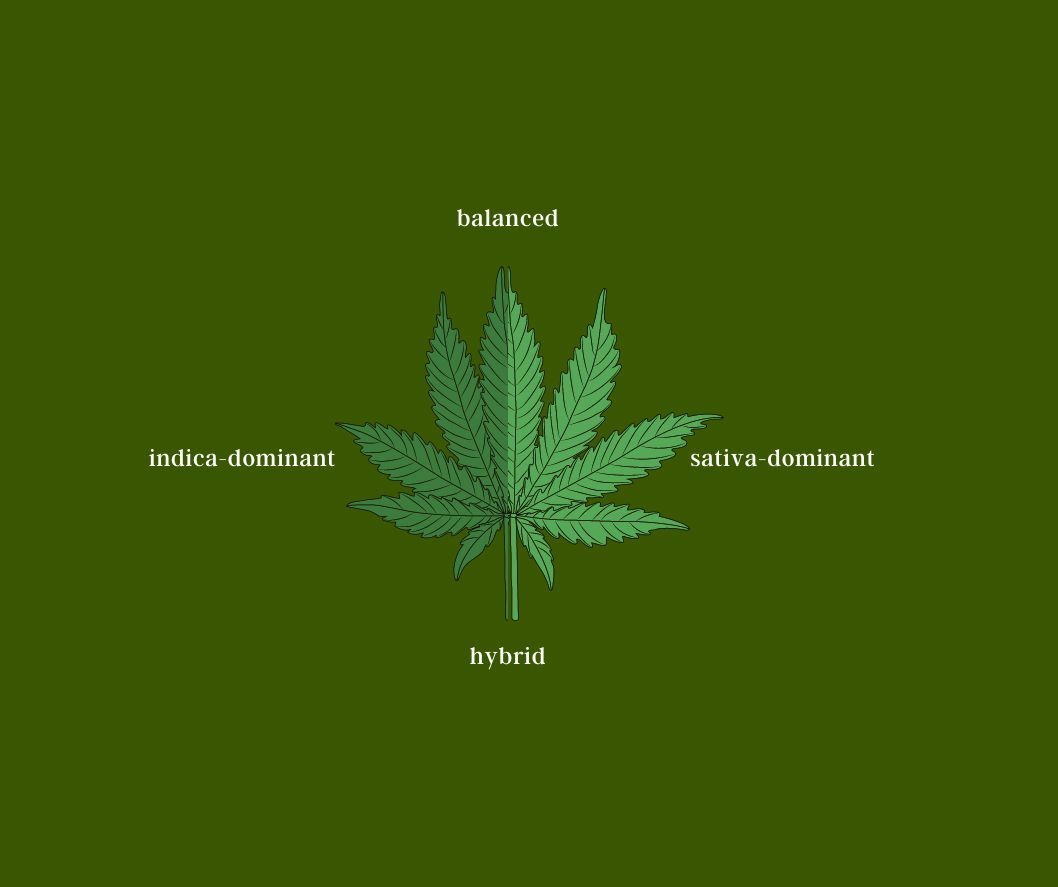Cannabis 101: cannabis for beginners

Welcome, beginners, to Cannabis 101, where we start a fun and easy-to-understand trip to learn about the amazing world of cannabis. With its long history, many uses, different types, and various ways to enjoy it, there’s a lot to find out about this helpful plant. If you’re new to cannabis and want to learn more, you’re in the right place! Join us as we look into the cool things about cannabis and learn its interesting secrets that have grabbed people’s attention for a long time. So, get ready and let’s begin our enjoyable and educational journey into the world of cannabis.
What is cannabis, exactly?

Cannabis, also known as marijuana, is a flowering plant from the Cannabaceae family. Native to Central and South Asia, it has been cultivated and used by humans for various purposes throughout history. The plant typically has serrated, palmate leaves and produces small, greenish flowers.
Cannabis is grown from seeds or clones, using nutrient-rich soil or hydroponics. It needs ample light, water, and controlled temperatures. The growth cycle is managed by adjusting light exposure, and after 8-12 weeks, the buds are harvested, dried, and cured.
Chemical compounds of cannabis
Cannabis contains a complex mix of chemical compounds that contribute to its various effects and characteristics. Among these compounds, the most significant are cannabinoids, terpenes, and flavonoids.
1. Cannabinoids
These are the primary active compounds found in cannabis, with over 100 different types identified. The two most well-known cannabinoids are:
a. Tetrahydrocannabinol (THC): THC is the primary psychoactive compound responsible for the “high” associated with cannabis. It binds to cannabinoid receptors in the brain, specifically the CB1 receptors, affecting mood, perception, memory, and motor function.
b. Cannabidiol (CBD): CBD is a non-psychoactive compound that has gained popularity for its potential therapeutic benefits. It is believed to help with conditions such as anxiety, inflammation, pain, and epilepsy. CBD interacts with the endocannabinoid system differently than THC, with a lower affinity for CB1 receptors and a higher affinity for CB2 receptors, which are associated with immune function and inflammation.
2. Terpenes
Terpenes are organic compounds found in many plants, including cannabis, responsible for their aroma and flavor. They also have potential therapeutic effects and may contribute to the overall experience of using cannabis, a phenomenon known as the “entourage effect.”
3. Flavonoids
These are a group of plant compounds that contribute to the color and taste of cannabis, as well as its potential health benefits. Flavonoids are known for their antioxidant and anti-inflammatory properties. Some flavonoids unique to cannabis are called cannaflavins, which have been studied for their potential anti-inflammatory effects.
Together, these chemical compounds create the diverse range of effects, flavors, and aromas associated with different cannabis strains.
History on the use of marijuana
Cannabis has been known for a long time, as far back as 2800 BC, it was used to treat a lot of various health problems such as healing properties. The use of it originated in central Asia or western China, according to the earliest documented uses in the pharmacopoeia of Emperor Shen Nung, who is considered the father of Chinese medicine.
Modern use of marijuana
In recent years, the modern use of marijuana has expanded across various aspects, including medicinal, recreational, and industrial applications. Here’s an overview of these aspects:
1. Medicinal use
Medical marijuana has gained significant attention due to its potential therapeutic benefits. CBD, a non-psychoactive compound, is used to alleviate symptoms of various conditions, such as chronic pain, epilepsy, and anxiety. Some studies also suggest that THC may help with nausea, appetite stimulation, and insomnia. As a result, various cannabis-derived medications and products are now available in countries and states where it is legalized for medical use.
2. Recreational use
As more jurisdictions legalize or decriminalize marijuana, its recreational use has become more widespread. Cannabis is consumed in various forms, such as smoking, vaping, edibles, and topicals, for relaxation, socialization, or creative stimulation. Additionally, the growing market has led to the development of cannabis tourism, where enthusiasts can visit dispensaries, cultivation facilities, and attend events focused on cannabis culture.
3. Industrial use
Hemp, a variety of the cannabis plant, has numerous industrial applications. Its strong fibers can be used to produce textiles, ropes, and paper products. The seeds are a source of protein and can be processed into hemp oil, which is used in cooking and cosmetics. Furthermore, hemp-derived materials such as hempcrete, a sustainable building material, and biodegradable hemp plastic, contribute to the growing eco-friendly and sustainable industries.
4. Substitutive use
Due to its unique properties, cannabis is used as a substitute for alcohol, painkillers, tobacco, and sleeping pills. The reason is that cannabis has no dangerous side effects and not addictive when used moderately, and it gives the same joy of drinking alcohol, numbs the pain, satisfy the craving for a smoke, and helps with reducing stress to sleep well!
5. Personal use
People also use cannabis for other reasons as cannabis enhances and makes daily activities to be more pleasurable. It helps with boosting creativity, relaxing, and chatting with friends. Daily activities like doing chores, playing games, exercising, watching movies, listening to music, or eating, cannabis level up their experiences. That is why people use cannabis like a daily routine.
These modern uses of marijuana reflect the evolving perception and increasing acceptance of cannabis in various aspects of society. As laws and regulations continue to change, it is likely that the applications and benefits of marijuana will continue to expand and diversify.
Marijuana strains
Marijuana strains are typically classified into three main categories: Sativa, Indica, and Hybrid. Each strain has its unique features, characteristics, and effects.
1. Sativa
Sativa strains are known for their uplifting and energizing effects, making them suitable for daytime use or when looking for increased focus and creativity. These strains usually have higher THC content and lower CBD levels. Sativa plants have tall, thin leaves and can grow to be quite tall, and also have light green color. Some popular Sativa strains include Sour Diesel, Jack Herer, and Lemon Haze.

2. Indica
Indica strains are recognized for their relaxing and sedative effects, often making them ideal for nighttime use or for managing stress and anxiety. These strains have higher CBD content and lower THC levels. Indica plants have broad, short leaves and are generally shorter, darker green and bushier than Sativa plants. Some well-known Indica strains are Northern Lights, Blueberry, and Granddaddy Purple.
3. Hybrid
Hybrid strains are a combination of Sativa and Indica genetics, offering a balance of effects from both types. They can be Sativa-dominant, Indica-dominant, or evenly balanced, depending on the specific strain. Hybrid strains are developed to provide tailored experiences by combining the desired traits of their parent strains. Some examples of popular hybrid strains are Blue Dream, Girl Scout Cookies, and Pineapple Express.

In recent years, new types of marijuana strains have emerged, often referred to as “craft” or “boutique” strains. These strains are created through selective breeding and genetic manipulation, resulting in unique characteristics and effects. Some examples of these newer strains include:
1. High-CBD strains
These strains have been specifically bred to have higher CBD content, appealing to consumers seeking medicinal benefits without the psychoactive effects of THC. Strains like Charlotte’s Web and ACDC are notable for their high CBD levels.
2. High-terpene strains
Terpenes are organic compounds found in cannabis that contribute to its aroma, flavor, and potential therapeutic effects. Some strains, like Tangie and Super Lemon Haze, have been bred to enhance their terpene profiles, providing distinct flavors and aromas.
3. Rare and exotic strains
Breeders are continually experimenting with genetics to create strains with unique characteristics, such as rare colors or potent effects. Strains like Purple Punch and Gelato are examples of these exotic, visually striking plants.
In addition, we can expect further advancements in breeding techniques and the development of even more diverse and specialized strains to cater to consumers’ evolving preferences and needs.
How to use cannabis
There are several ways to consume and enjoy cannabis, each offering a unique experience. Here are some of the most common methods and tools used for cannabis consumption:
1. Smoking
This traditional method involves inhaling the smoke produced by burning the dried cannabis flowers. Tools used for smoking cannabis include:
a. Joints: Rolled cannabis in cigarette-like paper.
b. Pipes: Small handheld devices with a bowl to hold the cannabis and a mouthpiece for inhaling.
c. Bongs: Water-filtered devices that cool and filter the smoke before inhalation.
2. Vaporizing
This method uses a device called a vaporizer to heat the cannabis to a temperature that releases its active compounds without combustion, creating a vapor that is inhaled. Vaporizers come in various forms, such as:
a. Dry Herb Vaporizers: Devices specifically designed for vaporizing ground cannabis flowers.
b. Concentrate Vaporizers: Devices designed for vaporizing cannabis concentrates, like wax, shatter, or oil.
c. Vape Pens: Portable, pen-shaped vaporizers that typically use cartridges pre-filled with cannabis oil.
3. Edibles

Cannabis can be infused into food or beverages for oral consumption. These products can be homemade or commercially produced and include:
a. Baked Goods: Brownies, cookies, and cakes infused with cannabis butter or oil.
b. Gummies and Candies: Cannabis-infused gummies, chocolates, and hard candies.
c. Beverages: Cannabis-infused teas, sodas, and even alcoholic drinks.
4. Tinctures
These are liquid cannabis extracts that can be consumed orally, typically by placing a few drops under the tongue or adding them to food or drinks. Tinctures are usually made with alcohol or oil as the solvent and can be dosed accurately using a dropper.
5. Topicals
Cannabis-infused creams, balms, and lotions can be applied directly to the skin for localized relief from pain, inflammation, or skin conditions. These products typically do not produce psychoactive effects.
6. Dabbing
This method involves vaporizing highly concentrated cannabis extracts, known as dabs, using a specialized device called a dab rig. Dabbing provides a potent and fast-acting experience, but it is generally recommended for experienced users due to its high potency.
As we wrap up Cannabis 101, we hope you’ve gained insight into this fascinating plant, its history, uses, strains, and consumption methods. As the industry evolves, so does our understanding of cannabis and its potential. Remember to consume responsibly and follow your region’s laws. Equipped with this knowledge, you’re ready to explore the world of cannabis for your own purposes. Enjoy your journey and stay curious!
If you want to start exploring and consuming cannabis products, check out our guide on the cannabis cafes in Bangkok 2023.
Latest Thailand News
Follow The Thaiger on Google News:


























